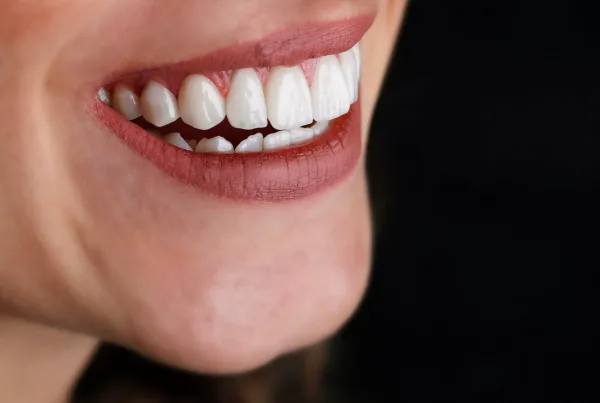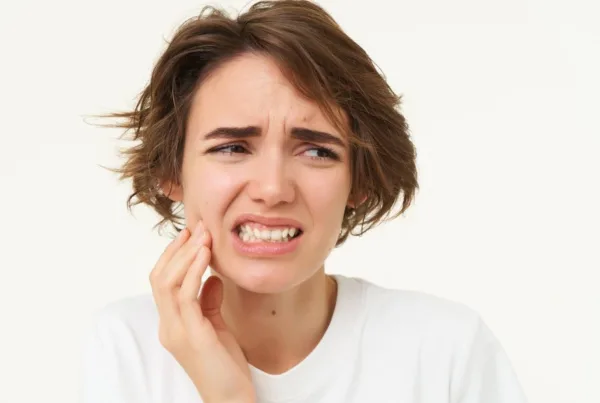After a tooth extraction, it’s important to follow a specific diet to promote proper healing and minimize discomfort. Here’s a general guideline for what your menu should look like after a tooth extraction:
1. Soft Foods: In the immediate aftermath of a tooth extraction, you’ll want to stick to soft foods that are easy to chew and won’t irritate the extraction site.
2. Cold Foods: Cold foods can help reduce inflammation and provide relief. You can consider options like yogurt, smoothies, and ice cream (avoid any ice cream with crunchy mix-ins).
3. Nutrient-Rich Foods: Focus on foods that are rich in vitamins and minerals to support your immune system and healing process. Examples include soups, broths, and pureed vegetables.
4. Protein Sources: Adequate protein intake is important for tissue repair. Soft protein sources like scrambled eggs, mashed beans, and well-cooked fish can be beneficial.
5. Hydration: Drink plenty of water to stay hydrated and support healing. Avoid using straws initially, as the suction can potentially dislodge the blood clot that forms at the extraction site.
6. Avoid Hot and Spicy Foods: Hot and spicy foods can irritate the extraction site and lead to discomfort.
7. Avoid Hard and Crunchy Foods: Foods that are hard to chew, like nuts, seeds, chips, and raw vegetables, should be avoided initially to prevent trauma to the healing area.
8. Avoid Sticky Foods: Sticky foods like chewing gum or taffy can also disrupt the healing process.
9. Be Gentle: Chew on the opposite side of the extraction site and avoid putting excessive pressure on the area.
10. Follow Your Dentist’s Advice: Always follow the specific post-operative instructions provided by your dentist or oral surgeon. They will give you guidance on when to resume a regular diet and any other specific dietary restrictions based on your individual case.
Remember, everyone’s healing process is different, so it’s important to listen to your body and adjust your diet accordingly. If you have any concerns or questions about your post-extraction diet, don’t hesitate to reach out to your dental professional.





